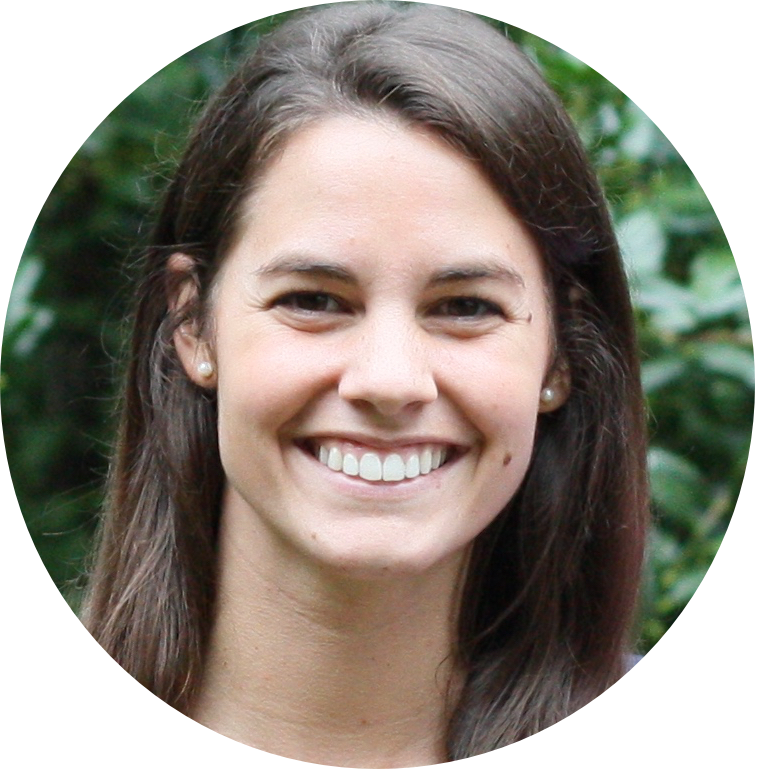I started walking from the Smiths’ house at 3:15 this morning to meet Greg and head up to Etelvina’s home. Etelvina owns a tienda in a neighborhood a ways up the volcano. To serve her customers fresh meat and produce every day she leaves her home at 4am to shop at Arequipa’s biggest (and cheapest) open-air market: Avelino.
Our eagerness to accompany Etelvina at 4 in the morning both pleased and perplexed her. There’s no reason to go shopping this early unless you’re a small business owner, and your business depends on buying low and selling high. Avelino is a vendors’ market; it supplies both bodega owners and the smaller, neighborhood open-air markets throughout the city. It costs Etelvina to get to Avelino every morning (about 1 USD, round-trip). In turn, she buys in bulk at a lower price. Her customers pay a premium (really just a slight mark-up), trading the lower prices for convenience. Etelvina’s dedication guarantees high quality.
It is this part of the economy—in a city of 1,000,000 people with hundreds (thousands?) of bodegas—that fascinates me.
We piled into a colectivo for the ride down. All of the public transportation that runs this early is meant specifically for shop-owners and merchants; otherwise the streets are empty. This makes for an easy, traffic-free ride through the city’s central district.
Twenty minutes later we arrived at Avelino, hopped out of the cab, and got to work. The last trucks had just finished unloading their cargo and the vendors were just setting up shop. Etelvina interacts with the same shop-owners every morning. They refer to each other as “Casero” and “Caserita,” designations that solidify her status as a “regular.”
On the grocery list this morning:
- a bagful of plucked chickens
- several cuts of beef (cut with a hack saw; prepped with a vertical saw)
- an assortment of fruits and vegetables
- eggs (20 dozen or so)
- rice (110 lbs)
- soda, and
- grocery bags
Etelvina navigated the market like a champ. Listening to her interactions was fascinating. Even more impressive is how she accomplishes this shopping trip solo every morning.
Her system: from stand to stand, she fills up big reusable grocery bags. Each time that she gets to her max carrying capacity, she drops it off by a lady she knows who lets her temporarily store her purchases by her stand. After repeating this six or seven times, she hires a carretero (a man with a moving dolly) to go with her to get the monster bag of rice. The carretero follows her back to where she stored the rest of her purchases, loads them up, ropes them up (the rope is conveniently built in to the dolly), and they head out to the street. Etelvina quickly finds a fellow shop-owner from her same neighborhood (with whom she can share a colectivo) and they’re off.
We were back at Etelvina’s home with groceries unloaded by 5:40. It was just starting to get light outside. The whole operation was smooth and impressive, the result a long history of savvy negotiating and networking.
What was for us a morning of “participant observation” for the fun of it was for Etelvina a daily business trip that sustains her livelihood—all before sunrise.
PS - A tienda, or bodega (boh-DEH-gah), is a small grocery/convenience store. They’re located on every street corner throughout the city, offering neighborhoods an alternative to small, local open-air markets which are usually only open before lunch. The super-market (think Wal-mart, Target, Kroger, etc.), though it exists, is still new. This sector is dominated by Chilean retail chains, such as Metro, Tottus, and Saga Falabella (a department store).




















